The wildlife safaris you can take without even leaving Britain, from puffins and golden eagles to dolphins and deer
The word ‘safari’ may evoke lions and Land Cruisers, but you’ll never run out of wildlife-based thrills on these shores. From seabird skyscrapers to ostentatious otters and rutting red deer, Ben Lerwill discovers the best British Nature trips on offer.
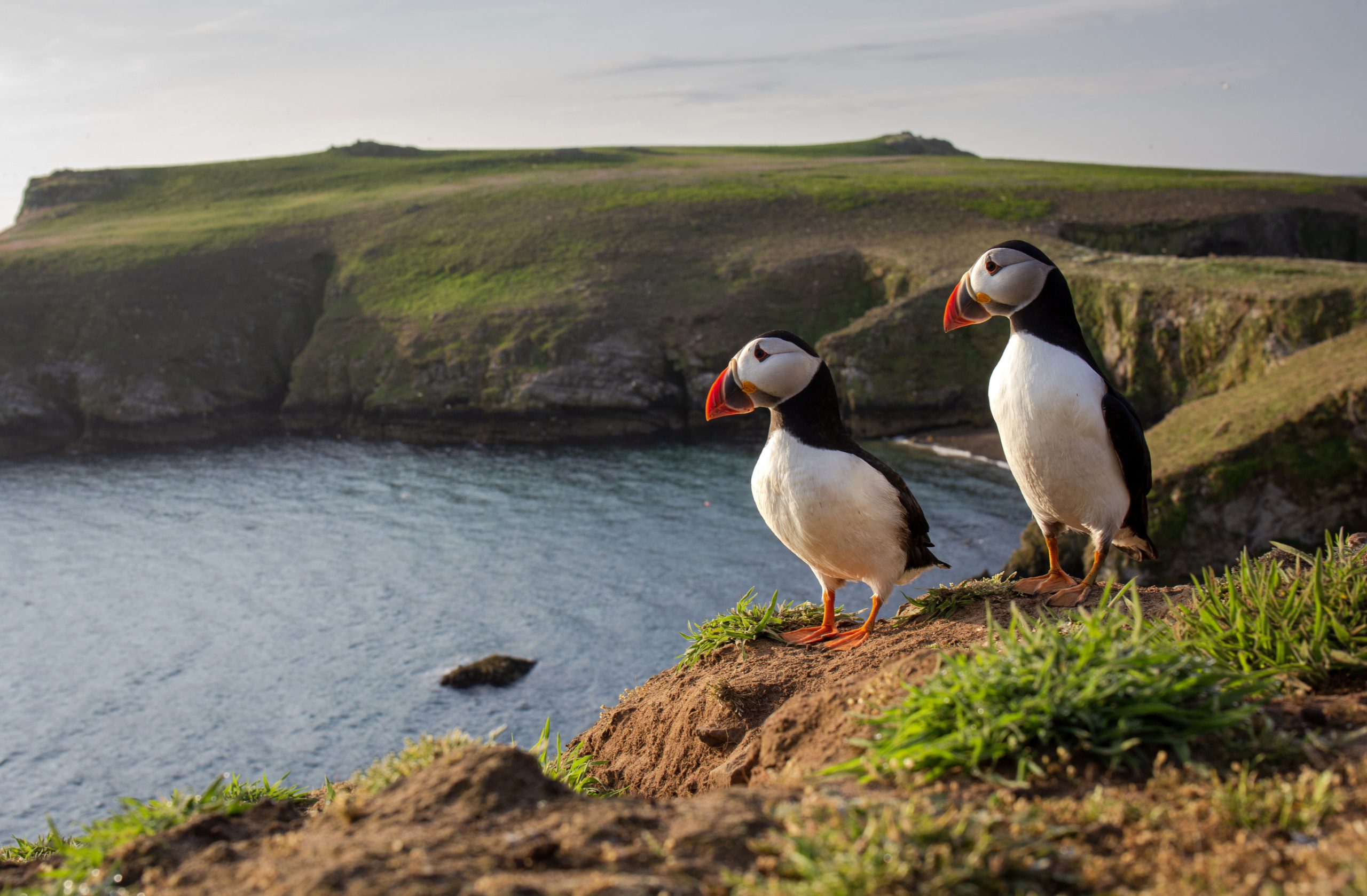

noon and through the salty-aired sunshine flies a short-eared owl. The raptor scythes low over the island meadow, its moon face scanning the undergrowth, its broad wings outstretched. For several minutes it glides and turns, before suddenly — whomp! — it drops and pounces, claws spread. I lose sight of the bird in the grass, but, when it doesn’t reappear, I know the outcome of the hunt. Owl one; vole nil.
I’m on Skomer, a small island a mile or so off the Pembrokeshire coast. The boat crossing from the mainland takes about 15 minutes, but the voyage is transportive in more ways than one. Here, the world is a little wilder. Beds of bracken and bluebells froth above plunging cliffs as grey seals swish through rocky inlets. Porpoises swim in the swell, guillemots skim the waves and gannets range the skies, poised to dive-bomb any wrong-place-wrong-time fish.
Despite its size — it covers only 720 acres — Skomer serves up one of Britain’s richest wildlife tapestries, particularly during the seabird breeding months of spring and early summer. ‘The Normans actually used to farm rabbits here,’ one of the wardens tells me, apparently still shocked at the idea. ‘These days, the island’s internationally important. It’s been designated as a Marine Nature Reserve since 1990.’
I’m staying for two nights in the island’s 19th-century farmhouse, which has 16 guest beds arranged across five rooms. Being here in the evenings gives me the chance to witness the astonishing avian event that occurs on Skomer after dark, when an estimated 350,000 pairs of Manx shearwaters become active, noisily greeting their partners outside their burrows. They represent the largest — and, therefore, the loudest — such breeding colony in the world.
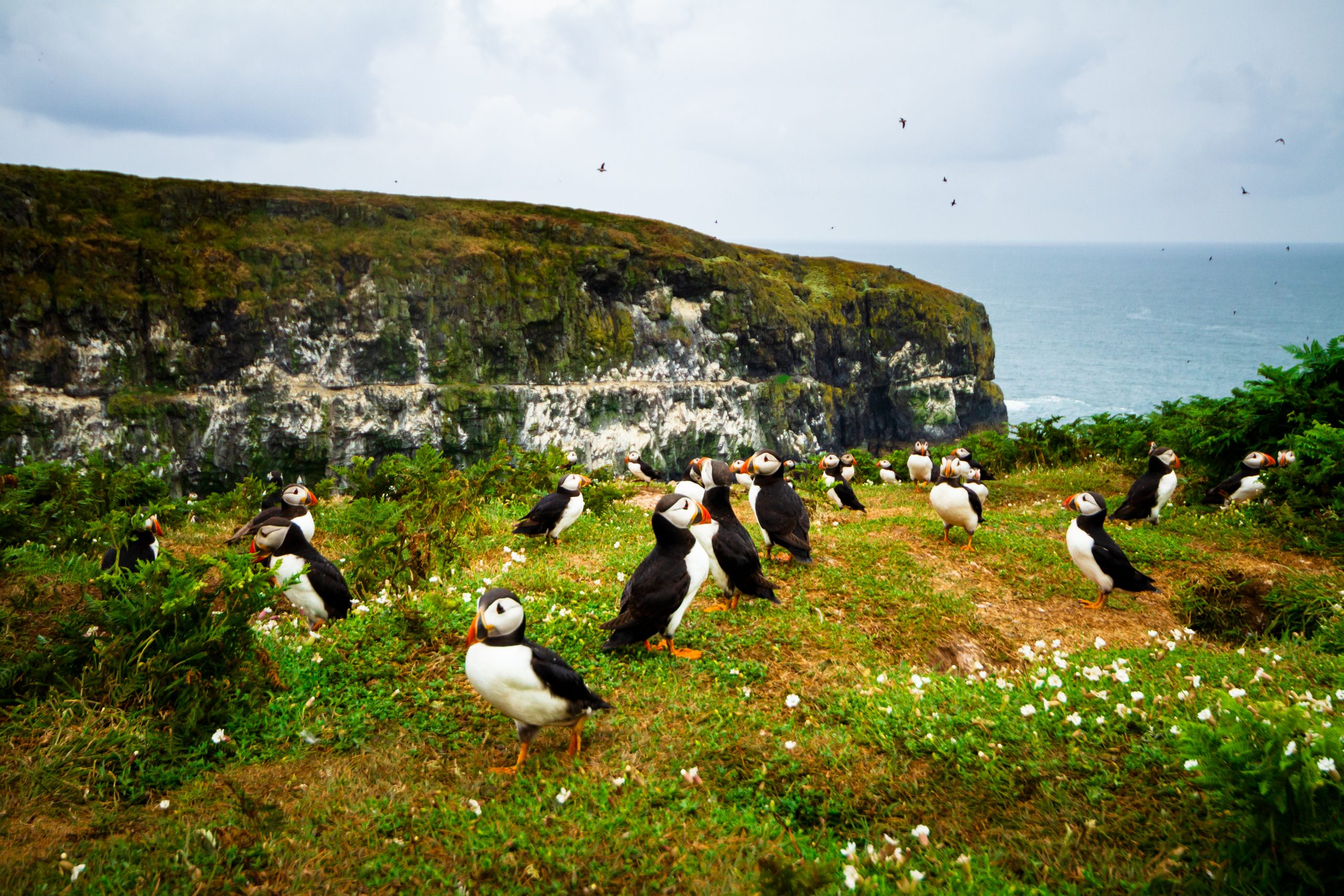
For all this, however, the star attraction on the island is a more familiar species, a small seabird with clownish markings and oversized orange feet. If Skomer has a poster child, it is undoubtedly the puffin. Some 42,500 of them make the island their home over the nesting season and their ongoing fame was enough to draw Sir David Attenborough here to record parts of his acclaimed Wild Isles series for the BBC, which shone a light on the breadth and beauty of Britain’s wildlife.
I spend hours wandering the island’s perimeter, where banks of red campion are being tousled by the Atlantic breeze. Puffins regularly appear close by. There’s something captivating about watching these busy little birds going about their day, whether they’re fussing outside their clifftop burrows or whizzing out to sea on fast-beating wings. When I see one land back at its burrow with a bill full of silvery sand eels, only feet away from me, it feels almost too perfect.
As Sir David’s series showed so well, Britain offers many remarkable wildlife encounters such as this. Our landscapes and seascapes hold incredible numbers of different flora and fauna, many of which can lay far more ancient claims to their home patch than us humans.
Exquisite houses, the beauty of Nature, and how to get the most from your life, straight to your inbox.
For naturalist James Lowen, author of 52 Wildlife Weekends and A Summer of British Wildlife, the appeal is tangible. ‘It’s the unexpected, year-round variety of wildlife that consistently thrills,’ he believes. ‘In Britain, you can experience the natural rush of wildlife-watching every single week of the year, from seabird skyscrapers on isolated cliffs to ostentatious otters on urban rivers and from orchid-rich meadows in quiet parts of our countryside to whale-watching off a traditional seaside resort.’
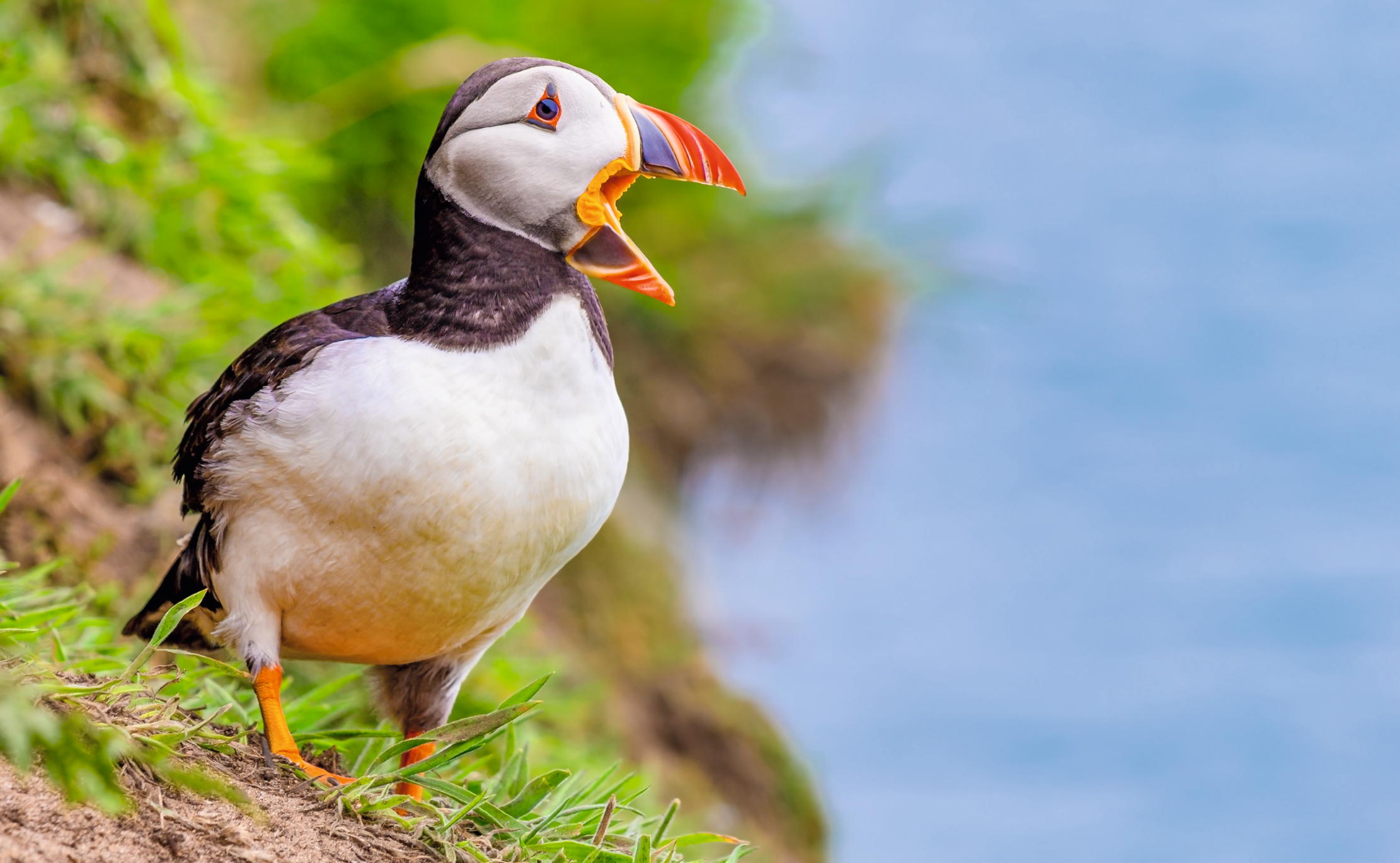
According to the Ordnance Survey, the total length of the British coastline — islands, bays and all — is in excess of 11,000 miles. When you also factor in the 2,300 nature reserves looked after by The Wildlife Trusts, not to mention the dozens of National Parks and National Landscapes that dot the UK map, it’s hardly surprising that Nature lovers are evangelical about the joys of what can be discovered with an open mind and a pair of binoculars.
The term ‘safari’ invariably throws up visions of lions and Land Cruisers, but, as Mr Lowen points out, there are numerous benefits to employing the same adventurous spirit closer to home. ‘There are so many plus points to a UK-based wildlife holiday,’ he continues. ‘There’s none of the faff and carbon footprint of taking a flight, so it’s both easier and more environmentally responsible. Then, by spending your money locally, you’re supporting those who look after British Nature, helping preserve it for future generations. With perhaps 60,000 species of animal, plant and other life forms, you’re never going to run out of stuff to see.’
The puffins of Skomer
When to go
The optimum time to see puffins is between April and July.
How to do it
Overnight stays can be reserved by telephone through The Wildlife Trust of South and West Wales (01656 724100), but you’ll need to book well in advance. Accommodation is from £50 a night and the boat crossing from Martin’s Haven costs £20 for a return. Day trips can be booked via the website. www.welshwildlife.org/visit/skomer-island
The red deer of Exmoor
The rolling expanse of Exmoor National Park has plenty to recommend it year-round, from its winter stargazing — this was Europe’s first designated International Dark Skies Reserve — to its summer heather blooms. Spring, meanwhile, sees the beechwoods in leaf and the valleys coming alive with thick-maned ponies and buttery-yellow primroses. However, it’s during autumn that the park witnesses its most impressive wildlife event: the annual deer rut.

The red deer is our largest native land mammal and Exmoor represents one of the last real strongholds of the species. It’s estimated that between 2,500 and 3,000 red deer still live wild across the moorland, so — if you’re here at the right time — you have an excellent chance of seeing heavily antlered stags battling it out for mating rights. As drama goes, the sight and sound of a 400lb deer bellowing in the dawn mist is nigh unforgettable.
When to go
October is the prime month for seeing the rut.
How to do it
Given the size of the park and the potentially dangerous testosterone levels of the stags, it makes sense to join a guided outing. Various outfits run Exmoor wildlife tours, with operator Red Stag Safari offering dedicated 2½-hour Deer Rut excursions for £40 per person, departing Wheddon Cross at 7.15am. 01643 841831; www.redstagsafari.co.uk
The whales and dolphins of the west coast of Scotland
Scotland’s west coast sees Britain at its wild, wave-bashed best: a realm of towering headlands, otter-patrolled bays and craggily handsome islands. Like the scenery, the wildlife is extra large. The waters of the Minch, the strait that separates the mainland from the Outer Hebrides, are renowned summer feeding grounds for whales and dolphins.
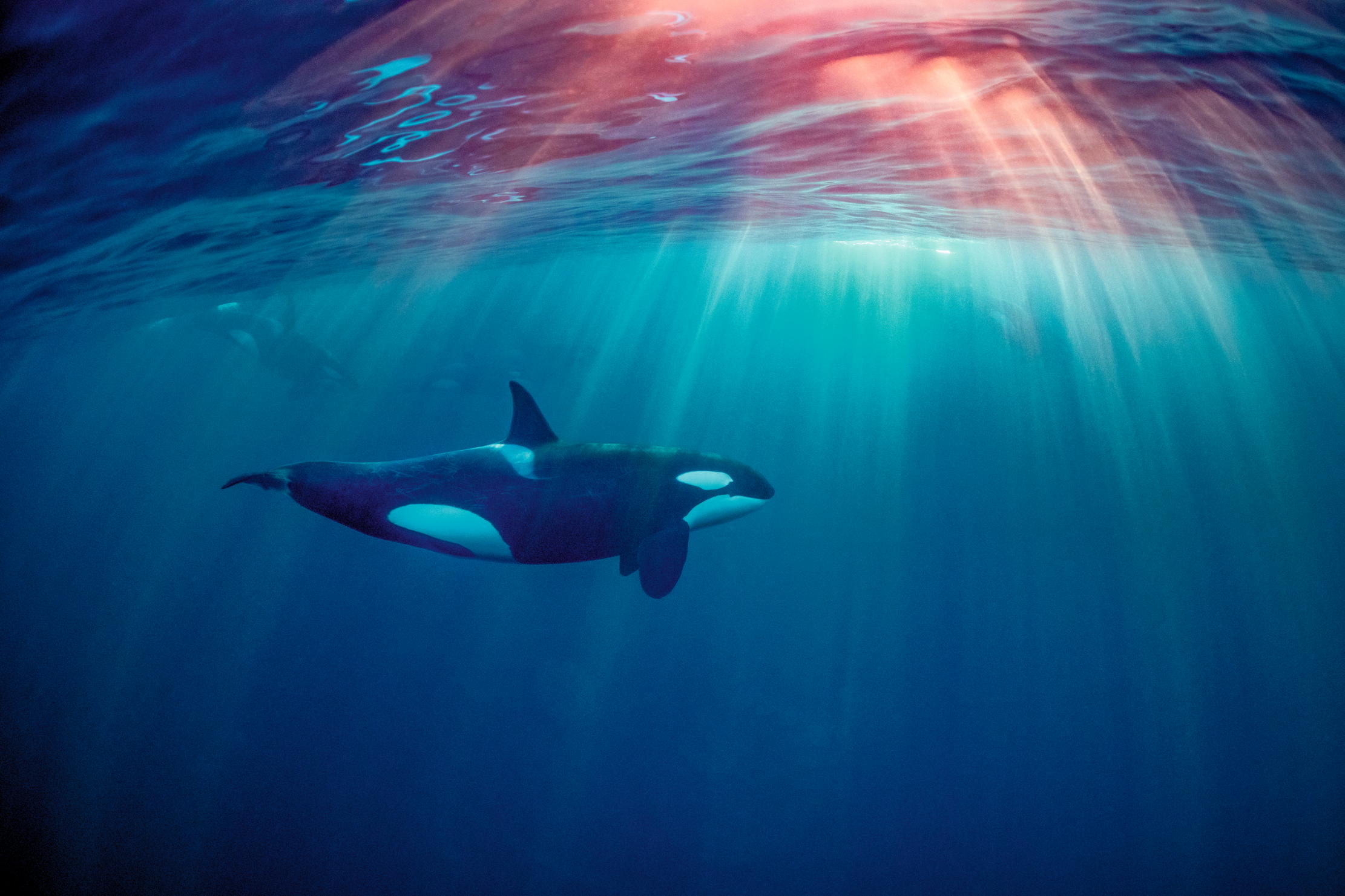
If your luck’s in, minke whales, humpback whales and sei whales can all be spotted, with sightings of harbour porpoises and common and bottlenose dolphins also possible. The real headline grabbers, however, are the region’s resident orcas or killer whales, their black-and-white bulk belying the speed and agility that makes them such fearsome predators.
Joining a professional boat trip to known feeding grounds is the most effective way of maximising your sightings — and, even if super-sized cetaceans don’t make much of an appearance, you’ll still be treated to the joys of the sweeping west-coast scenery.
When to go
The main Hebridean Whale Cruises season runs from mid May to mid September.
How to do it
Hebridean Whale Cruises offers a 2½-hour Whales & Wildlife cruise (£65) and a four-hour Ultimate Orca cruise (£100), both departing from Gairloch on the mainland. 01445 712458; www.hebridean-whale-cruises.co.uk
The butterflies of Arnside Knott, Cumbria
Even without the legions of insects that emerge here in spring and summer, Arnside Knott would be a deeply special place. Its limestone slopes serve up booming views of Morecambe Bay and the surrounding countryside, with the fells of the Lake District visible to the north. The grasslands here are also famed for their wildflowers, particularly flowering orchids.

The site is best known, however, as a world-class butterfly-spotting location. More than 30 species have been recorded flitting through its various habitats, including the northern brown argus, the Duke of Burgundy, two types of pearl-bordered fritillary and the endangered high brown fritillary. The area forms part of the wider Arnside & Silverdale National Landscape.
When to go
June and July, when butterfly numbers are at their highest.
How to do it
The site is free to visit. Naturetrek is currently taking registrations of interest for guided day trips. 01962 733051; www.naturetrek.co.uk/tours/Arnside-Knott-Day-Trip
The golden eagles of Glen Affric, Scottish Highlands
Few creatures, winged or otherwise, can compare to the golden eagle. Seemingly blessed with an almost dictatorial sense of its own majesty — and able to swoop down on mountain hares with missile precision — this broad-feathered, hook-billed raptor has become an icon of the Scottish Highlands and Islands.
Various locations offer good eagle-spotting potential — among them Mull, which is also home to the even larger white-tailed eagle — but special mention goes to the glittering lochs and ancient pinewoods of Glen Affric, a glorious vision in their own right.
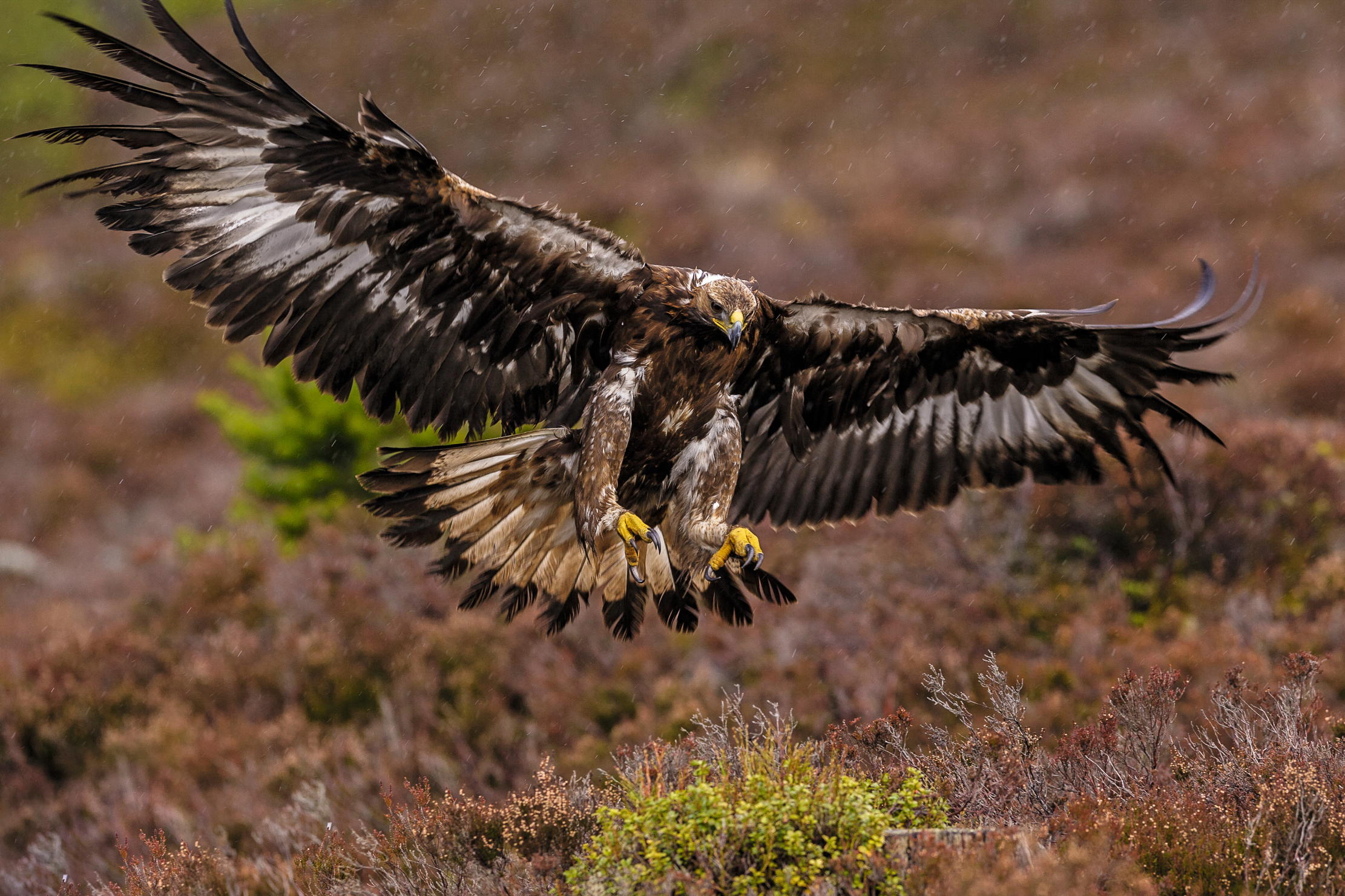
The chance to see an eagle soaring above the glens is only one motivating factor. Wildlife sightings here might include red deer, red squirrels, crested tits, crossbills and even osprey.
When to go
Year round. Eagles can be elusive, but your best chance of success is to scan ridgelines on a calm, clear day, when they’re more likely to be hunting.
How to do it
It’s possible to visit independently, but Inverness Tours runs private Loch Ness & Glen Affric day tours from Inverness (£580 for eight hours), with possibilities of eagle-spotting. Don’t confuse golden eagles with the smaller buzzard, known as ‘the tourist eagle’. 07881 934502; www.invernesstours.com
The seals of north Norfolk
A fully grown grey seal is an extraordinary thing. Despite weighing up to 880lb and having a fondness for reposing on shingle beaches, it can often stay hidden in plain view, its mottled coat blending in with the dun tones of the foreshore. Then, you discern its jumbo outline — a sleek Zeppelin of insulating blubber — and spy two puppy-dog eyes above a whiskered snout. Multiply this sight several hundred times over, with various individuals snorting, rolling or belly-hauling themselves into the waves, and you’ve got some idea of what it’s like to observe a colony up close.
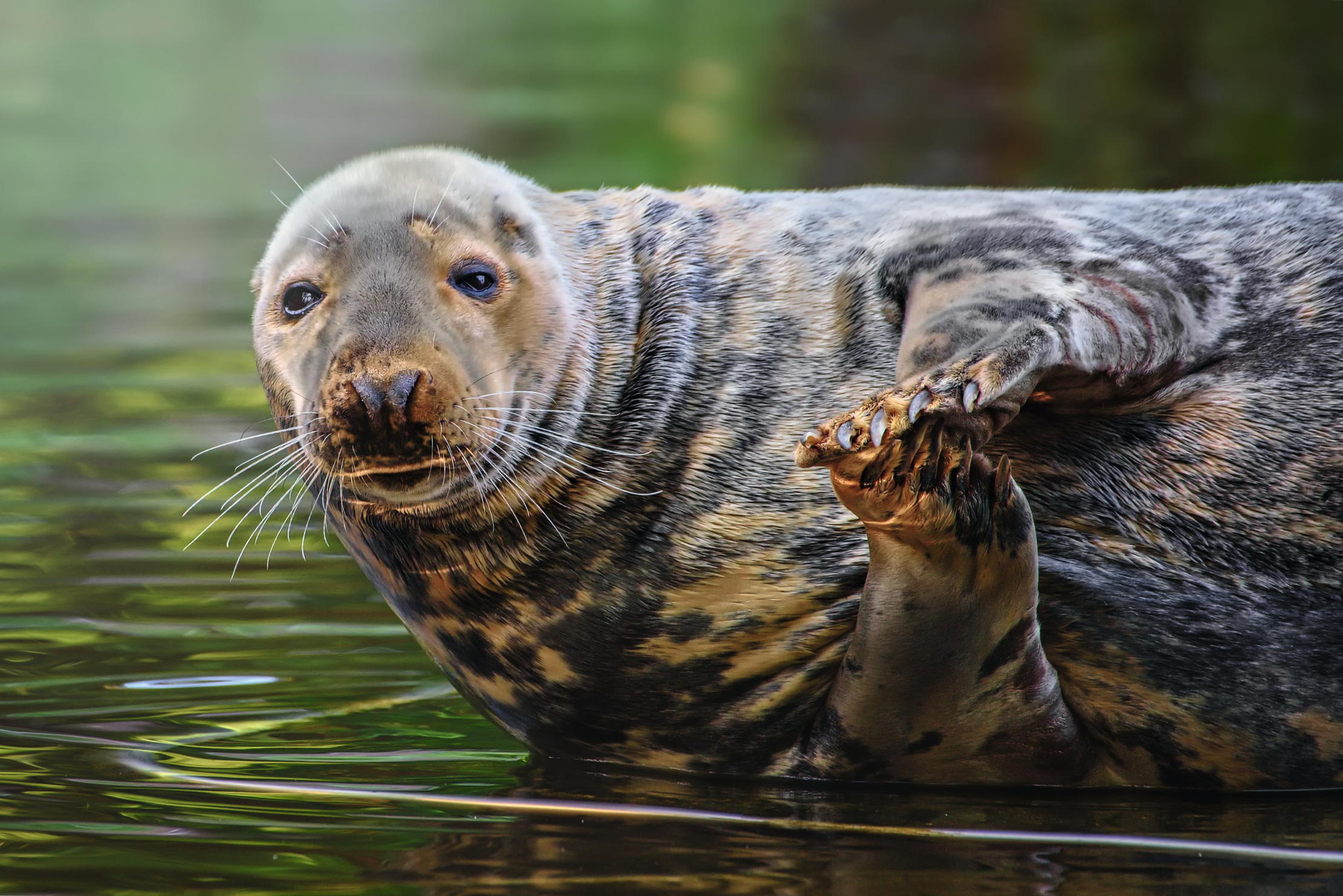
Norfolk’s Blakeney Point is one of the finest places in England to see both grey and common seals, with some 4,000 grey pups born annually. The two species frequently intermingle and, although these wonderful animals can appear comically graceless on land, they evolve into speedy, streamlined fish-hunters when in water. Watching their heads bob from the swell, periscope-style, remains one of Britain’s most enduring wildlife thrills.
When to go
Year round, with the November–January period being the best time to see grey seals with pups.
How to do it
Various longstanding operators offer dedicated boat trips to Blakeney Point from Morston Quay, generally costing about £20 (01263 740241; www.nationaltrust.org.uk/visit/norfolk/morston-quay).
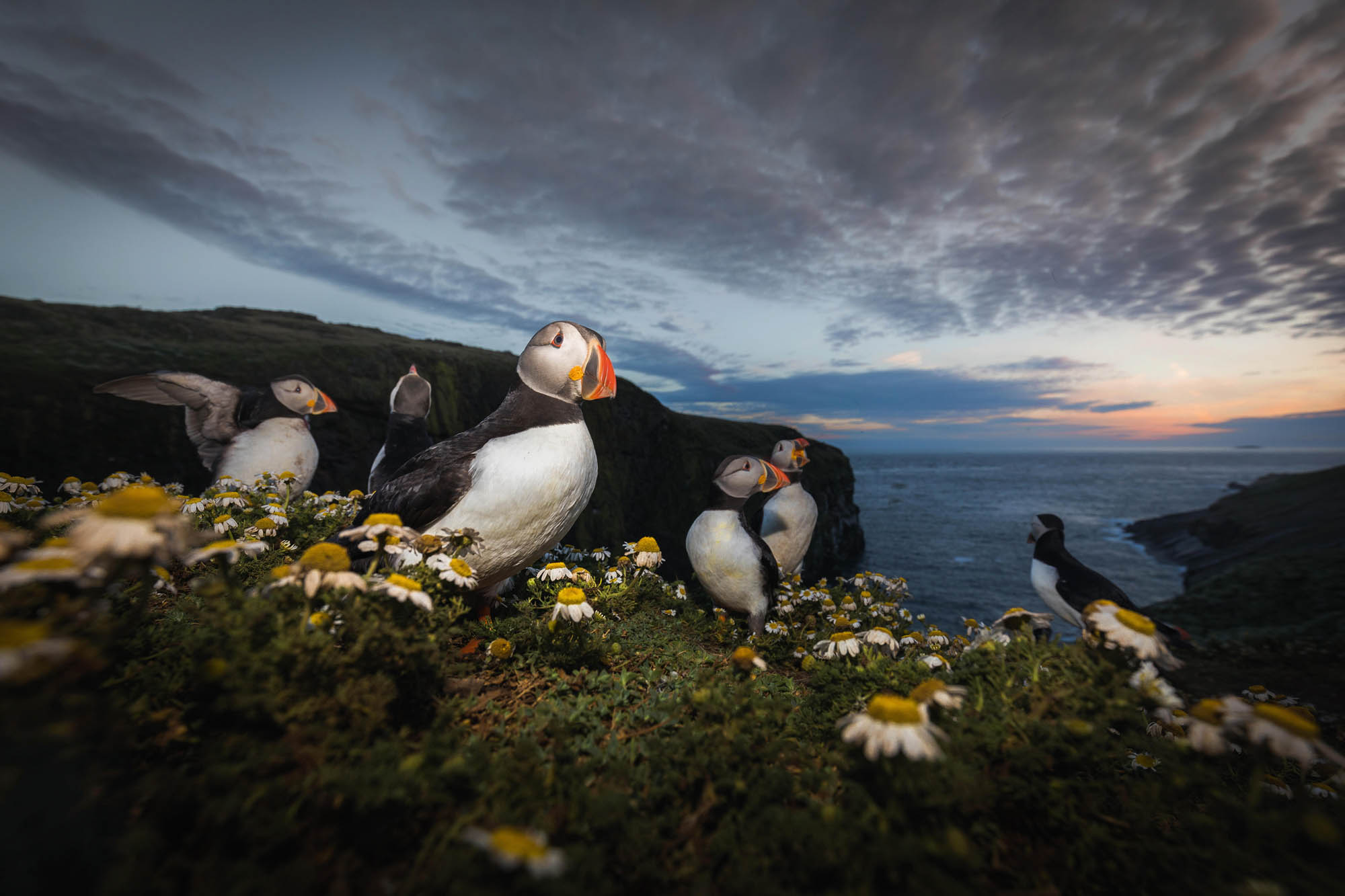
Puffins: The clowns of the sea
It might look adorable, but the stumpy and dangerously endangered puffin is a ruthlessly efficient fish killer that’s so hellbent
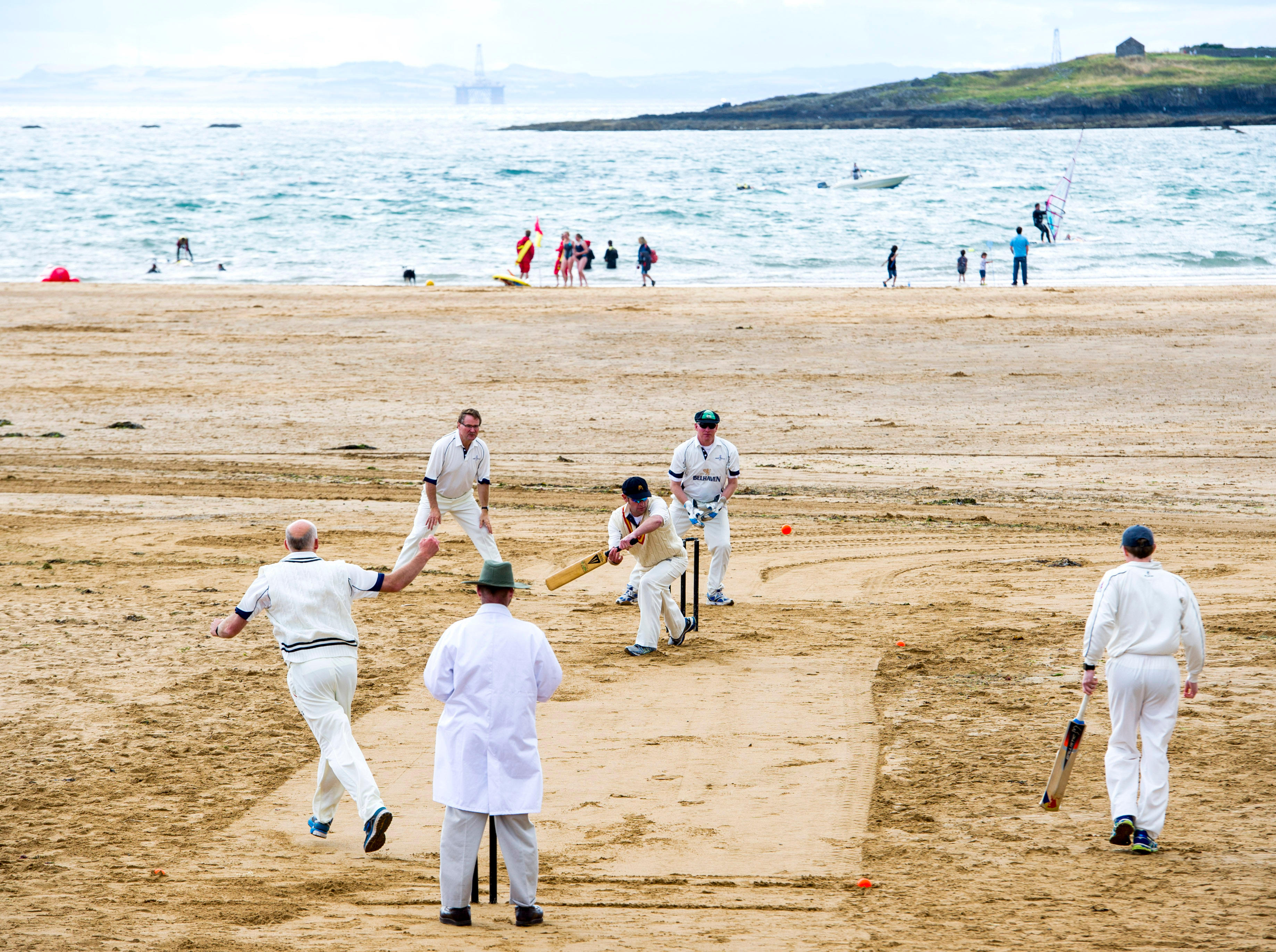
The Ship Inn Cricket Club: The tale of the world's only cricket club to play its matches on the beach
A game of beach cricket with captains and kings leaves Steve King with hazy memories, but the all-encompassing glow of
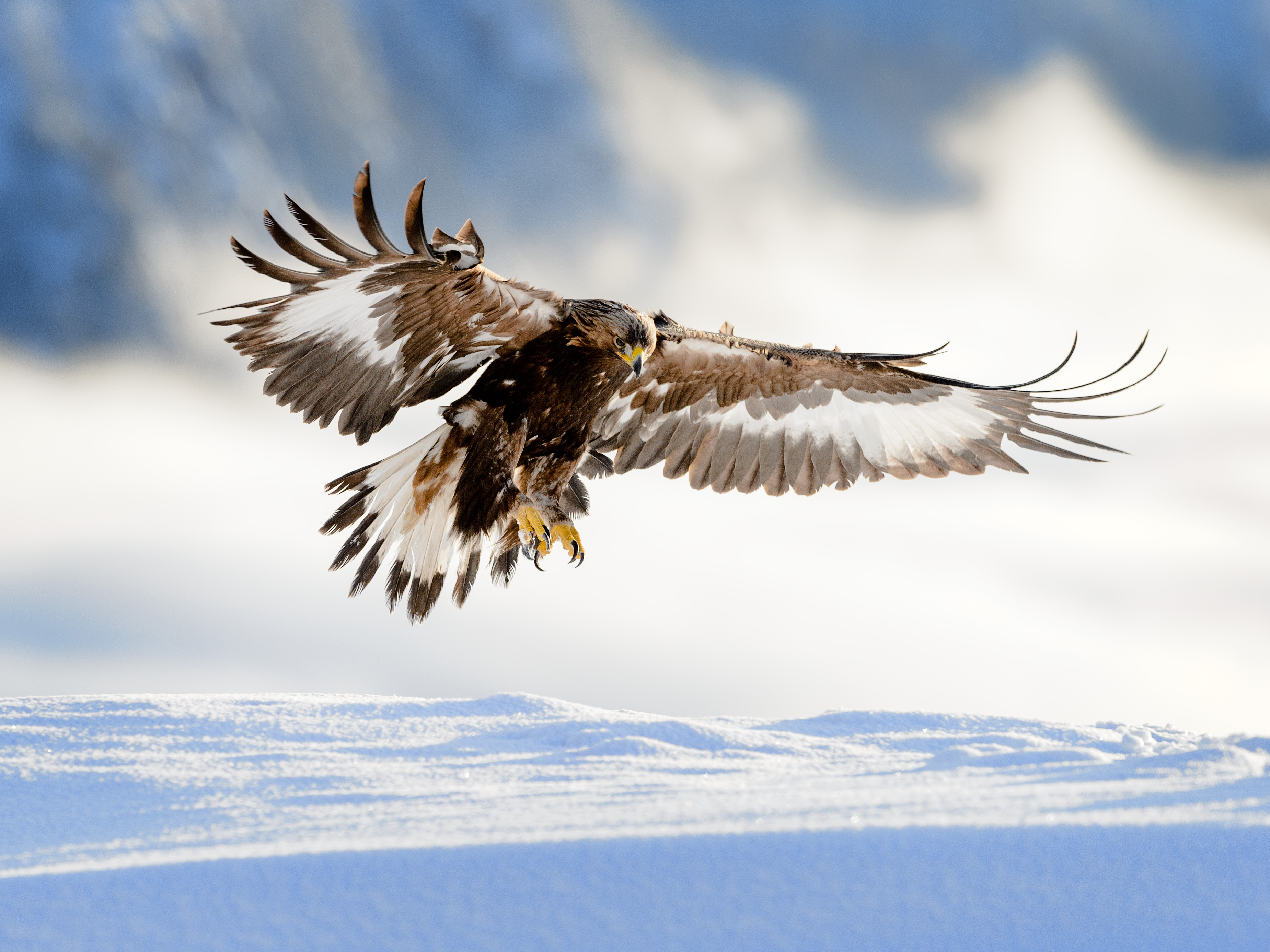
Golden Eagles: The aristocrats of the air — magnificent, haughty and deadly
David Profumo admires the golden eagle, the aristocrat of the air.
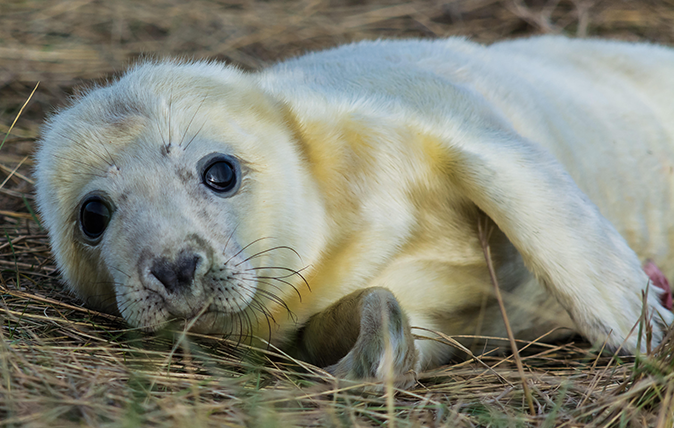
Credit: Gill Kennett / Alamy Stock Photo
Grey seals: The doe-eyed ‘people of the sea’ who are full of surprises
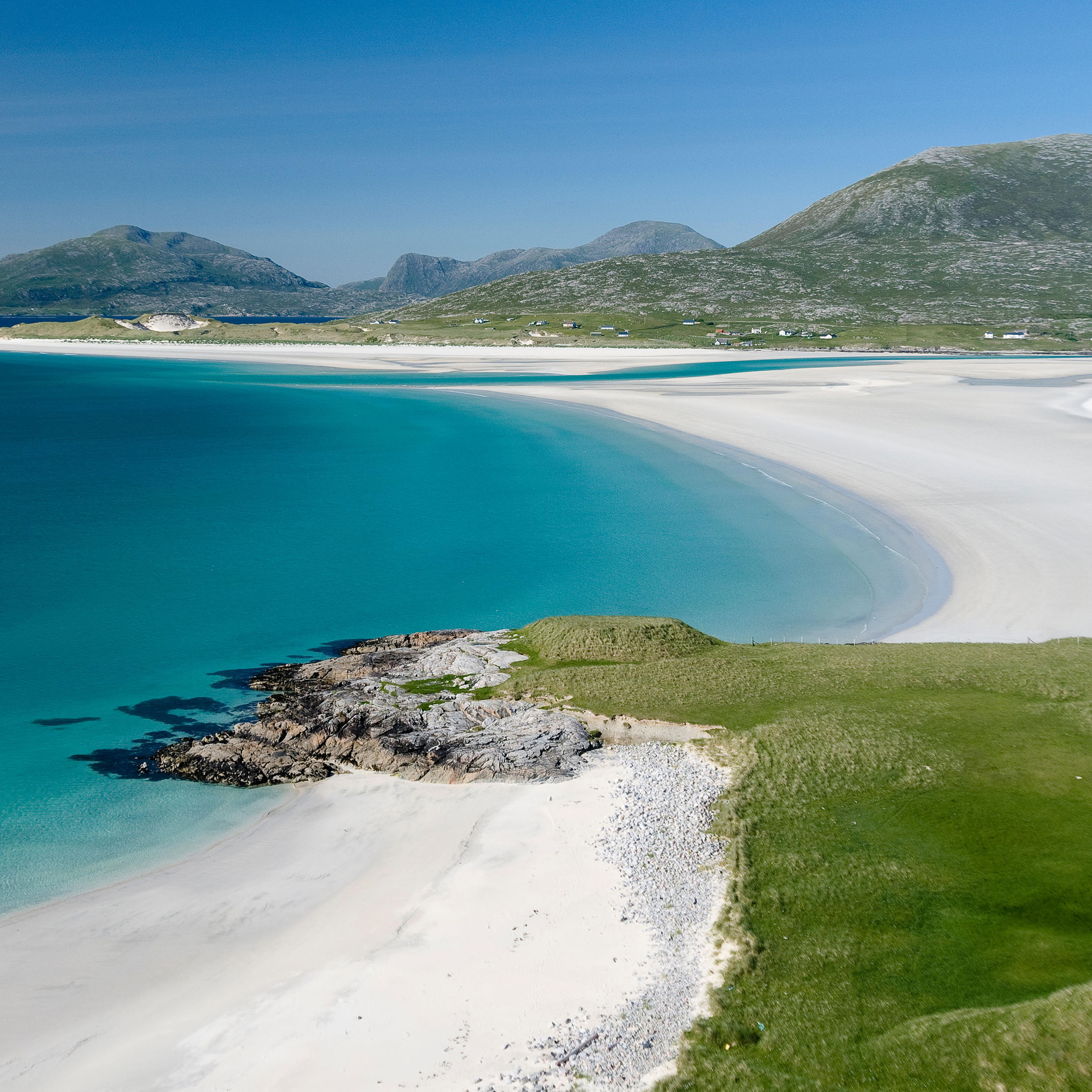
10 of the best beaches in Britain and Ireland, from sandy spaces for families to places of exquisite natural beauty
If you're planning a holiday in Britain or Ireland this summer, you're in for a treat: the spectacular coastlines of
Ben Lerwill is a multi-award-winning travel writer based in Oxford. He has written for publications and websites including national newspapers, Rough Guides, National Geographic Traveller, and many more. His children's books include Wildlives (Nosy Crow, 2019) and Climate Rebels and Wild Cities (both Puffin, 2020).
